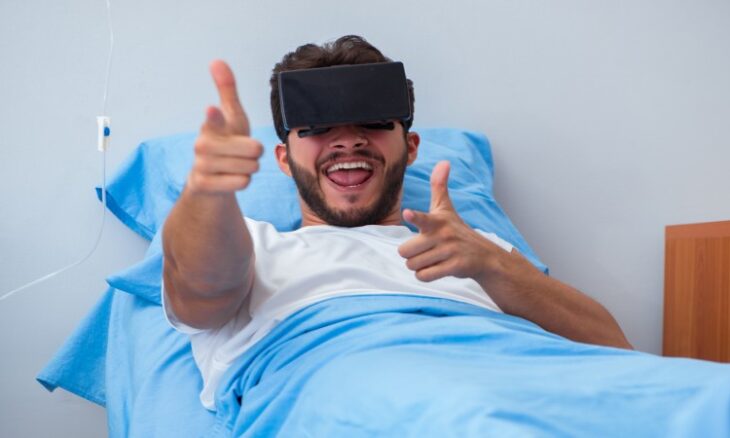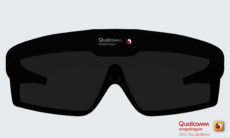VR Research Strengthens Cancer Patient Preparedness
A researcher from the New Jersey Institute of Technology (NJIT) is leading the development of a virtual reality (VR) platform designed to help cancer patients and their caregivers better prepare for medical emergencies. The initiative, led by virtual reality expert Erin Truesdell from NJIT’s Ying Wu College of Computing, focuses on improving how patients understand and react to complications such as fevers caused by weakened immune systems.
Truesdell’s work centres on the technical and design challenges involved when multiple users interact within a shared VR environment. With prior experience collaborating with VR gaming experts and paediatric cancer specialists from Drexel University and Yale University School of Medicine, she continues to contribute to the research by creating simulations that help patients anticipate and manage emergency health situations.
A common medical emergency faced by young blood cancer patients, particularly those aged between 13 and 39, is febrile neutropenia. This condition occurs when a patient’s white blood cell count drops significantly and their body temperature rises above 100.4°F. The resulting weakened immune system often leads to sepsis, a potentially fatal response in which the body overproduces infection-fighting chemicals, risking organ damage and even death.
The project brings together doctors, scientists, and software developers from NJIT, Drexel, Yale, and a New York-based VR company, Glimpse Group. Together, they are constructing a VR environment that enables patients to identify the warning signs of febrile neutropenia, understand its risks, and take the appropriate clinical actions. The initiative is supported by a National Institutes of Health (NIH) grant worth nearly $400,000.
Traditional patient education methods often overwhelm individuals with technical medical jargon and complex instructions at a time when they are most vulnerable. The team’s goal is to replace this with an immersive learning experience, a kind of “VR rehearsal”, allowing patients and caregivers to practise their response to emergencies in a controlled, realistic environment. The approach is grounded in the proven ability of VR to enhance knowledge retention and practical skill application.
Beyond medical training, the project also addresses fundamental technical barriers in multiuser VR systems. While most VR platforms are designed for single users, enabling multiple participants to interact within the same virtual and physical space presents significant computational challenges. In earlier years, such systems required powerful desktop PCs to operate smoothly, but newer wireless headset technology has reduced these limitations.
Truesdell’s role involves designing more efficient systems that allow multiple headsets to communicate seamlessly while ensuring users avoid physical collisions. This requires innovative tracking systems that let each headset recognise others in the same room, using methods such as camera-based computer vision, manual calibration, or enhanced room-scanning technologies.
From a design perspective, her team is exploring spatial and audio dynamics to improve user experience. They are experimenting with interactive tools, such as virtual “tractor beams” that enable users to grab and manipulate digital objects from a distance. The environment is structured so that each participant can easily access essential virtual items, such as thermometers or phones, regardless of their position. To maintain clear communication, background audio is kept minimal, and sound cues are tailored individually to prevent interference.
The project also provides opportunities for NJIT students. Truesdell plans to involve learners from the computing and architecture faculties to create detailed 3D models of common medical and household items for use in the simulation. This hands-on experience will allow students to apply their technical and design skills to real-world healthcare applications while contributing to research that could improve patient outcomes.
If successful, the technology could extend far beyond febrile neutropenia, potentially transforming how healthcare providers train patients for a range of medical emergencies. The integration of immersive VR with clinical education represents a promising step toward empowering patients through experiential learning, turning complex, life-threatening situations into manageable, rehearsed responses.










